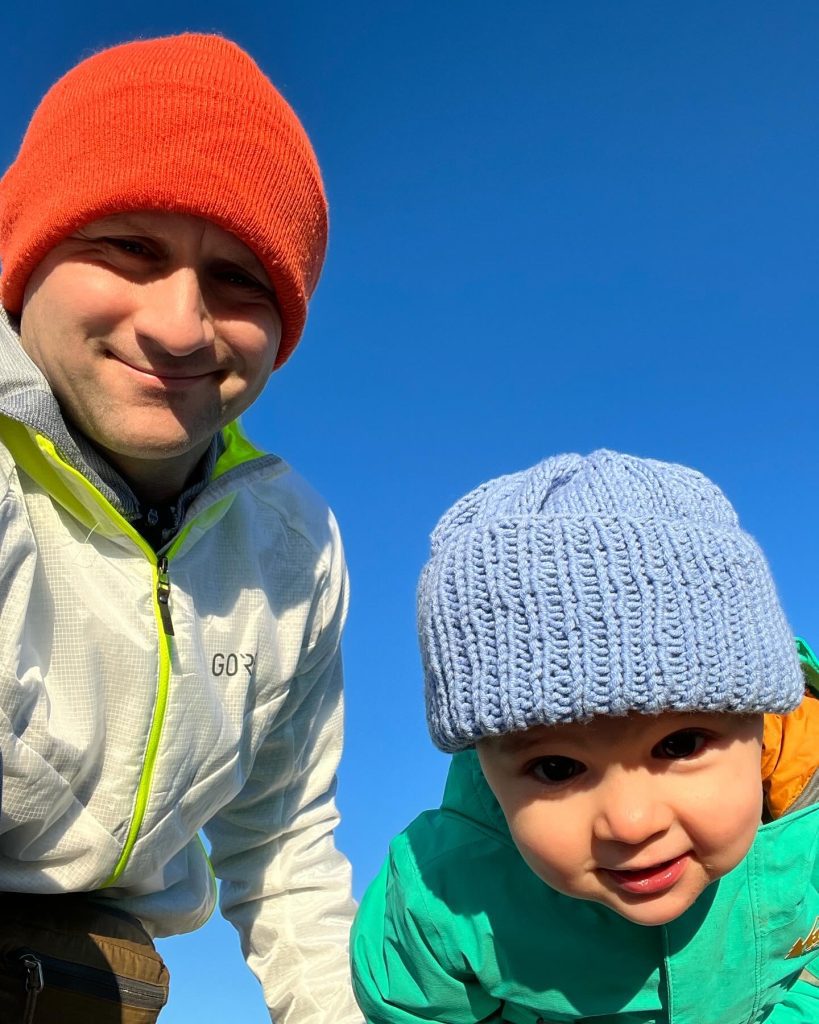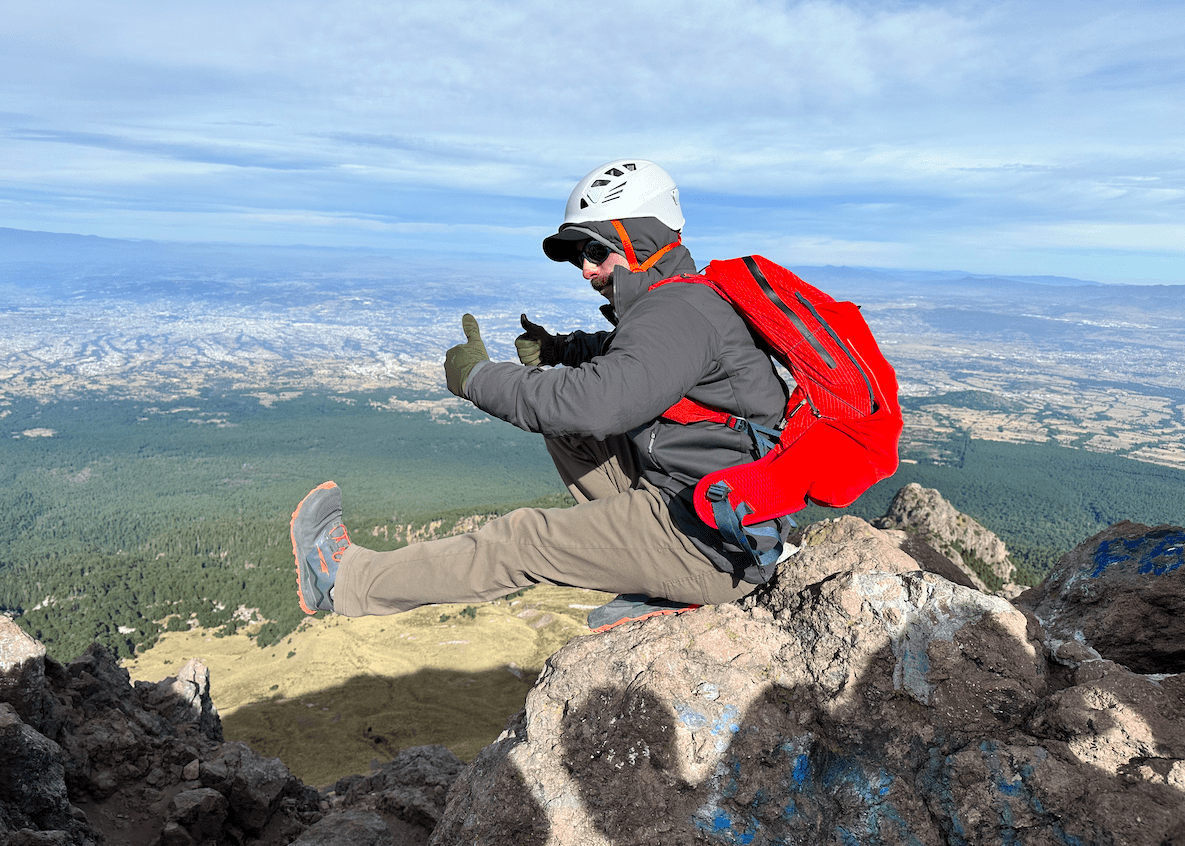Engearment is pleased to present this guest review by Aaron Rose. Aaron has a B.S. in marine science with a focus on meteorology and is a producer, photographer, and backcountry athlete. One of his current projects is Deaf/HOH Backcountry, focusing on bringing together people with hearing loss to share their backcountry experiences and offering a voice in an industry that doesn’t always consider the impact of hearing loss. Check out www.aaronvrose.comand find him on Instagram @aaroncues.
As a mountain sports brand well known in the ski and snowboard industry, Salomon traditionally has focused on trail running and hiking for footwear. However, they’re expanding their reach with the Sonic Aero (with an 8mm drop), designed for the casual runner who may run a couple times a week over short to medium distances or who wants to run personal bests in competitive 5Ks or 10Ks.
The first noticeable feature is the weight (or lack thereof) of the shoes, in part thanks to the compressed EVA and combination of mesh construction and strategically placed stretch panels. As a heavy hitter on the concrete, I expected to feel hotspots in my feet at the end of my runs in these shoes. However, that wasn’t the case with the Sonic Aeros, which is marketed as having neutral support with the Ortholite® memory foam footbed and the Energy Cell+ midsole compound that facilitates positive energy return while maintaining a balance of cushioning and durability.
If you hold up the shoes against some light and look inside, you will notice how much light passes through, which means a lot of breathabilities thanks to its multi-material mesh construction. In between the mesh along the midsection, you will find the 3D flex panels, which come up from the midsole to the laces and work with the mesh construction to allow foot expansion during the stride. This seemed to eliminate the traditional hotspots that I’ve noticed in other shoe brands with more rigid construction.
As for rigidity under the midsole, you can find the 3D ProFeel Film, which keeps the shoe rigid enough to transfer energy from heel to toe. The ContraGrip outer soles are designed to allow for more traction in wet conditions and seem to hold up well to a variety of running surfaces. If it wasn’t for the dirt and random plant matter, one may think these outer soles were fresh out the box despite the mileage I’ve put on these shoes. An interesting note here, I’ve come across some negative feedback on some retail sites which included photo evidence of early wear and tear on the shoe edges. After running on asphalt, concrete, and packed dirt, I wonder about running technique and choice of terrain as a factor in early wear and tear, or whether it’s just a hiccup in the production assembly.
The Sonic Aeros were a pleasant surprise that didn’t distract me from improving on my running times. With a nice balance in rigidity and flex along with the breathability, I felt confident in these shoes. The Sonic Aeros certainly would be a good addition for runners looking to change things up on shorter distances, although they may be hard-pressed to find a reason to wear them for long-distance running.





Leave a Reply